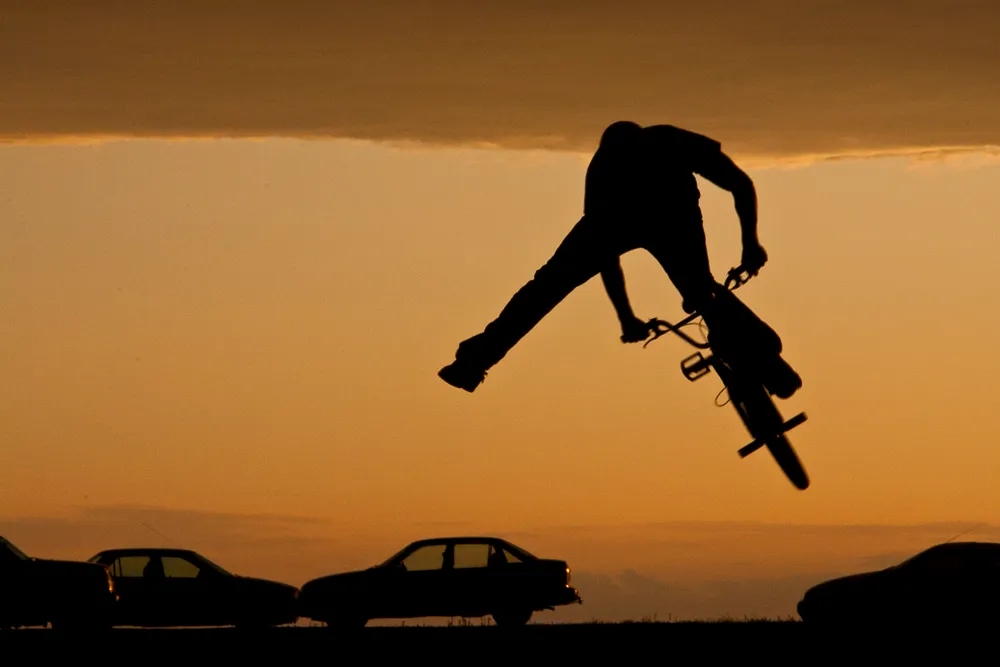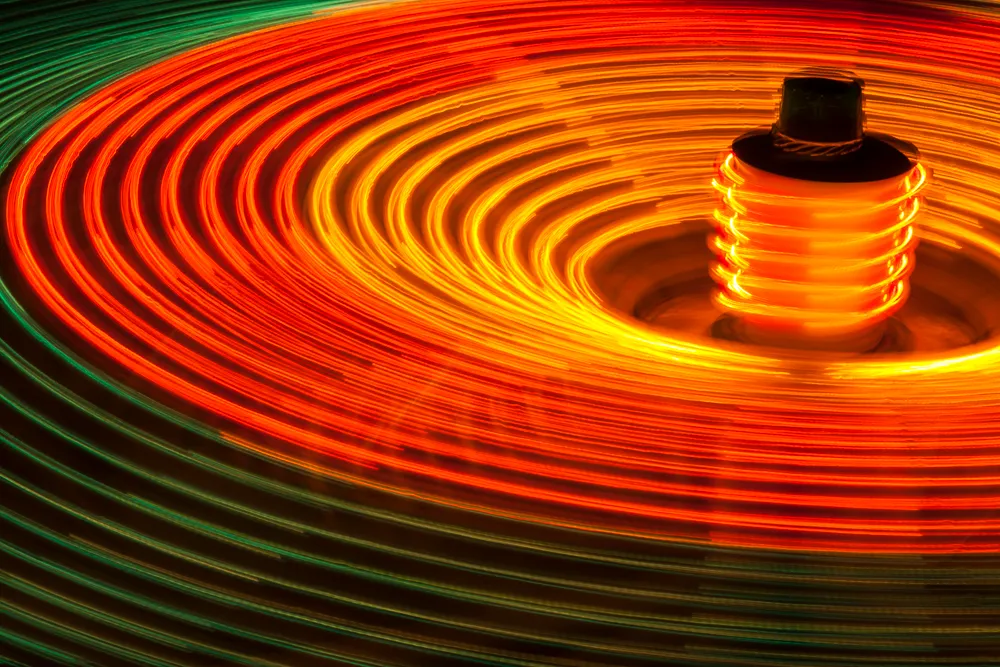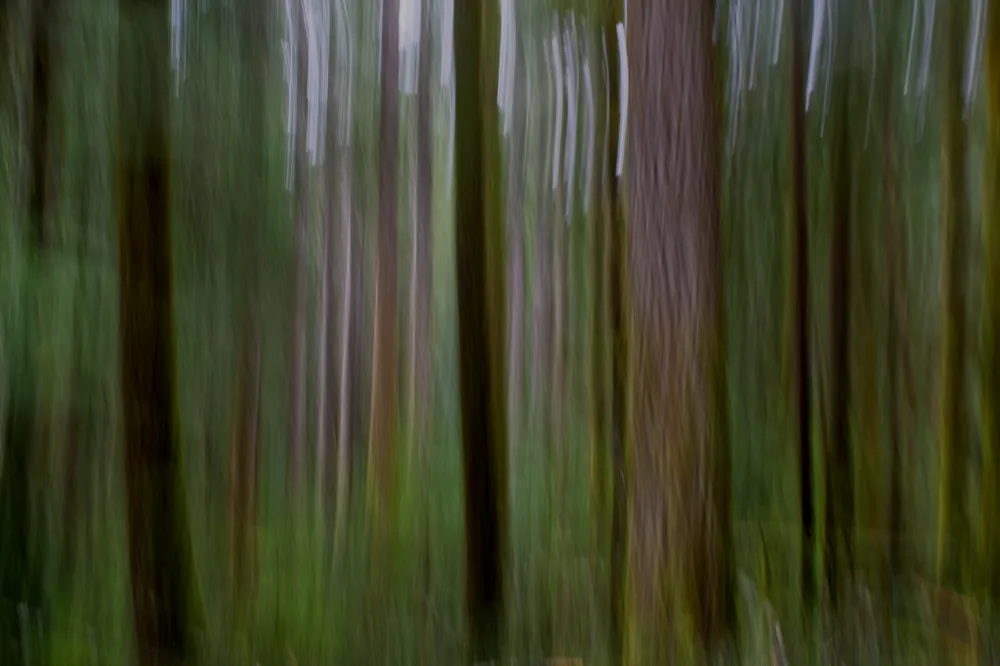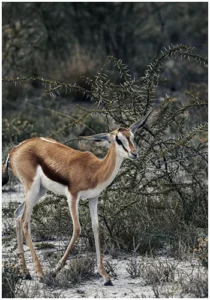
Photography as a Hobby for Beginners: Unlock Your Artistic Vision
Photography can be a fulfilling and enjoyable hobby that brings a creative outlet to your


When it comes to photography as an art form, composition is just as important as any other aspect of the process. Even while many photographers have mastered the tried-and-true methods of framing and leading lines, there is another fascinating aspect that can be employed to improve composition: Shape in photography. It is possible to generate dynamic pictures that convey a narrative via the use of shapes in photographic composition. Shapes, from circles and triangles to rectangles and squares, may be employed to lead the eye, provide visual balance, and make for an engaging abstract. In this post, we’ll go into the many applications of forms in photographic composition, discussing how these elements may be employed to produce striking and memorable photographs.
A boundary formed by two lines in two-dimensional space is called a shape. Form, on the other hand, is the result of how light and shadows interact with an object. Using your knowledge of the distinction between shapes and forms, you may include both geometric images into your compositions for more depth and variety. Photographers may make use of a wide variety of geometric forms, including but not limited to triangles, rectangles, circles, squares, diamonds, hexagons, pentagons, etc. A dynamic composition may be achieved by combining these shapes in a variety of ways. Stunning photos that are likely to attract the viewer’s attention may be created by knowing the impacts of each shape and its location in the composition. The most obvious element of composition for a photographer is a set of parallel lines, but forms are also significant. It’s possible to create more engaging compositions if we play around with a variety of forms and shapes.
In photography, shapes are often used to create the illusion of depth and space. The right usage of shapes in a photograph may provide the impression that the subject matter extends over the edges of the picture. This optical illusion may be employed to make a small subject seem bigger, or to highlight an otherwise uninteresting area of a photograph. Incorporating corner-forming elements into a shot may help provide the impression of depth. You may do this by having two sides of the shape meet at a corner and by inserting features that extend to the edge of the frame, such as a person’s arms or legs. Aside from the circle, the triangle is another frequent form that may be used to create the illusion of depth in a picture. The impression of having the scene continue over the edge of the frame may be achieved with the use of a common shape, the triangle. The term “extended frame” is often used to describe this.
Shapes, when employed properly, may aid in creating a balanced or even unbalanced composition that draws attention to certain components of an image. While the rule of thirds is useful for arranging elements in a photograph for aesthetic purposes, it’s equally necessary to pay attention to the other geometric shapes present in the frame. By keeping your objects inside the natural lines and forms of the frame, you may guarantee a visually appealing composition, as stated by the law of shapes. To establish a balanced composition, provide equal visual weight to both sides of the frame; to create an imbalanced composition, give greater visual weight to one side of the frame. Oval frames are often used to draw attention to a certain area of a picture. The oval frame is a terrific method to create a simple but aesthetically engaging composition, which is commonly utilised to focus on the subject’s face.

Maintaining a sense of equilibrium is essential when it comes to composition. Achieving visual balance is crucial when designing an attractive picture since it aids in the viewer’s navigation and induces a feeling of peace. Asymmetrical balance, in which one side of the frame is heavier than the other, is another manifestation of the idea of balance, which is most often used to describe a near-equal distribution of components inside a frame. It’s crucial to know the ins and outs of both approaches, even if they both have their uses. Utilizing two or more forms in a single frame creates asymmetrical effects, whereas using a single shape produces symmetrical effects. Contrasting forms, whether they are rounded against angular or soft against hard or light against dark, may provide an asymmetrical effect. You may also use contrasting forms to make an asymmetrical pattern, such as a triangle and a rectangle, or a square and a circle.
Particularly valuable in landscape photography is the ability to convey scale via the use of forms in conjunction with other foreground elements. We humans have an inbuilt capacity to estimate the size of things based on their relative location in space. Photographers may convey a subject’s relative size to the viewer by adjusting the size of other components in the frame. Large plants and trees are often utilised to indicate the size of a neighbouring feature. Considering their size and proximity to humans, trees and plants tend to fall under this category. Trees or other huge plants might help the observer get a sense of scale for the neighbouring item.
You may make an eye-catching picture that will grab the attention of your audience by playing about with the frame’s form. Including a form that is out of the ordinary, or many shapes, may add visual interest to a photograph. Even though the frame is often square or rectangular, remembering the rule of thirds and the law of forms combined may provide striking results. If you want to add visual appeal to your shape-based artwork, try including intersecting forms. By placing two separate topics in the same frame, you can easily include two different forms. Images made out of intersecting shapes are certain to grab the viewer’s attention.

Shapes may be used in photography in a wide variety of ways. The scene’s context may be taken into account once the desired form has been established in the frame. Once you’ve decided on a shape, you may play around with it to get a more eye-catching final product. The visual effect of a picture may be greatly affected by the shape chosen for the composition and how it is used. An attention-grabbing composition may be made with the help of innovative use of shapes.
It’s crucial to know what you want to accomplish with a shot before you start playing around with different compositional shapes . Although forms may be utilised to improve a wide variety of compositions, you may have a more specific objective in mind, such as emphasising a certain area of the frame, establishing a sense of visual balance, or developing an engaging abstract. Use shapes to frame your subject and guide the viewer’s eye if you want them to focus on a certain part of the image, such as a person, an architectural detail, or a key part of a scene. Create a feeling of visual stillness by including shapes into your arrangement if you’re going for a meditative or balanced look. Make an eye-catching abstract picture Using shapes is a terrific technique to make an abstract picture that is both entertaining to look at and thought-provoking since it doesn’t depend on a topic to convey a narrative.
Once you know what you want to accomplish with your composition, you can start playing around with various shapes and forms to see what works best. When composing an image, you may utilise any one of a wide variety of geometric shapes; nevertheless, the shape you choose might have a significant impact on the final result. Once you’ve settled on a shape to work with, you may start experimenting with its appearance by changing its size, orientation, and location inside the frame. Selecting the most appropriate shape for the intended meaning, and then playing with that shape’s form to produce a dynamic shot, is the key to making effective use of forms in composition. A triangle, which is symmetrical and has no clear beginning or finish, might be an excellent option if you want to depict a serene natural setting. On the other hand, if you’re wanting to take a picture of a bustling city street and give it some visual appeal, a rectangle is the best choice because of the intriguing shapes and angles it may provide.

A shape’s form may be altered after it has been chosen. In order to make an eye-catching composition, you may play about with the form in a variety of ways, each of which will provide a distinctive visual style. Changing the placement of an object inside the frame is a simple method to add visual interest and experiment with new framing possibilities for your photos. Both hard frames like buildings and walls and soft frames like plants and trees may be used for this purpose. You may easily alter the appearance and feel of your composition by rotating shapes, which is yet another quick and easy approach to edit their shape. If you rotate a form in your composition, you may utilise it to create visual harmony while also giving the impression of motion, making for a lively final product.
The focal length of your lens may be used in conjunction with the positioning and rotation of forms to achieve the similar effects of visual interest and manipulation of form. By changing the lens’s focal length, you may alter the proportions of a scene’s hard frame, making it easier to deal with obstacles like buildings and walls. If you use a wide-angle lens on one of these frames, the result will be an unusual wide-angle effect that makes the frame seem bigger than it really is. If you use a telephoto lens, however, the picture will be squashed and narrow. You can’t change the shape of a natural frame like a tree or shrub, but you may use the focal length of your lens to draw attention to a specific area of the frame and emphasise a subject. A telephoto lens will provide a narrow, low-contrast picture, whereas a wide-angle lens will produce a huge, visually engaging image.
After practising with isolated shapes, you may go on to combining various shapes inside the environment to get a more dynamic and fascinating final product. The use of hard and soft frames, as well as observation of environmental patterns, are both useful tools for this purpose. Repetitive forms, such as the rows of buildings on a city street, the trees in a park, or the lines made by a fence, wall, or hedge, make it easy to design patterns. There are also patterns to be found in textures, such as those formed by bricks or stones, or by the play of light and shadow. Incorporating patterns into a composition is a great way to liven things up, provide visual movement, and direct the viewer’s gaze across the whole picture.
After experimenting with so many unique shapes, it’s crucial to ensure that the final composition is well-balanced and that no one shape dominates the others. Rectangles, as we’ve seen, may make for striking and engaging images, but it’s important to strike a balance between the various elements of the frame. If you’re going to use a rectangle, make sure it takes up just the right amount of area in the frame and doesn’t steal attention from the picture within. The visual weight of each shape, as well as its location, size, and placement within the frame, must be taken into account while composing a visually balanced picture. In the image below, for instance, the historic structure looks tiny in comparison to the massive yacht, which occupies the bulk of the picture. Both the boat and the building have fascinating forms, but the boat is considerably closer to the spectator, giving it more visual weight, while the building is much farther away, giving it less visual weight. The composition will be more pleasing to the eye if the visual weight of these forms is balanced.
We have discussed the importance of shapes in photographic composition, but lines should not be overlooked. Lines, which may lead the eye across the frame and form interesting patterns, are another easy approach to add visual interest and create a visually dynamic picture. Keep in mind that a person, a tree limb, or a piece of building may all be utilised to form a visual line that can be included into your photograph’s composition. Once you’ve located the scene’s lines, you’re free to play about with their lengths and orientations.

By adding shapes to your photographic toolkit, you’ll have a powerful tool to create captivating and compelling images that stand out from the crowd. Shapes can enhance the visual impact of your photo by creating a sense of depth. Shapes can help lead the viewer’s eye to the focal point and add dynamic interesting to your compositions.
Whether you’re capturing natural or man-made shapes to create a structured feel, they can bring a unique perspective to your photos. Shapes can be used in any genre of photography, including landscape, portrait, street, and even abstract photography.
Photographers employ simple geometric shapes like circles, squares, triangles, etc. to add visual appeal to their work and improve the composition. They are present in the content as well as the compositional choices made for the image.
Shapes in photography composition can be used to:
Camera lenses affect shape photography by:
The two categories of shape in photography are:

Photography can be a fulfilling and enjoyable hobby that brings a creative outlet to your

Welcome to our guide to Photoshop tutorials for beginners: A Complete Beginner’s Tutorial for Learning

Creating stunning images is all about nailing the perfect colour grade. It’s what makes your